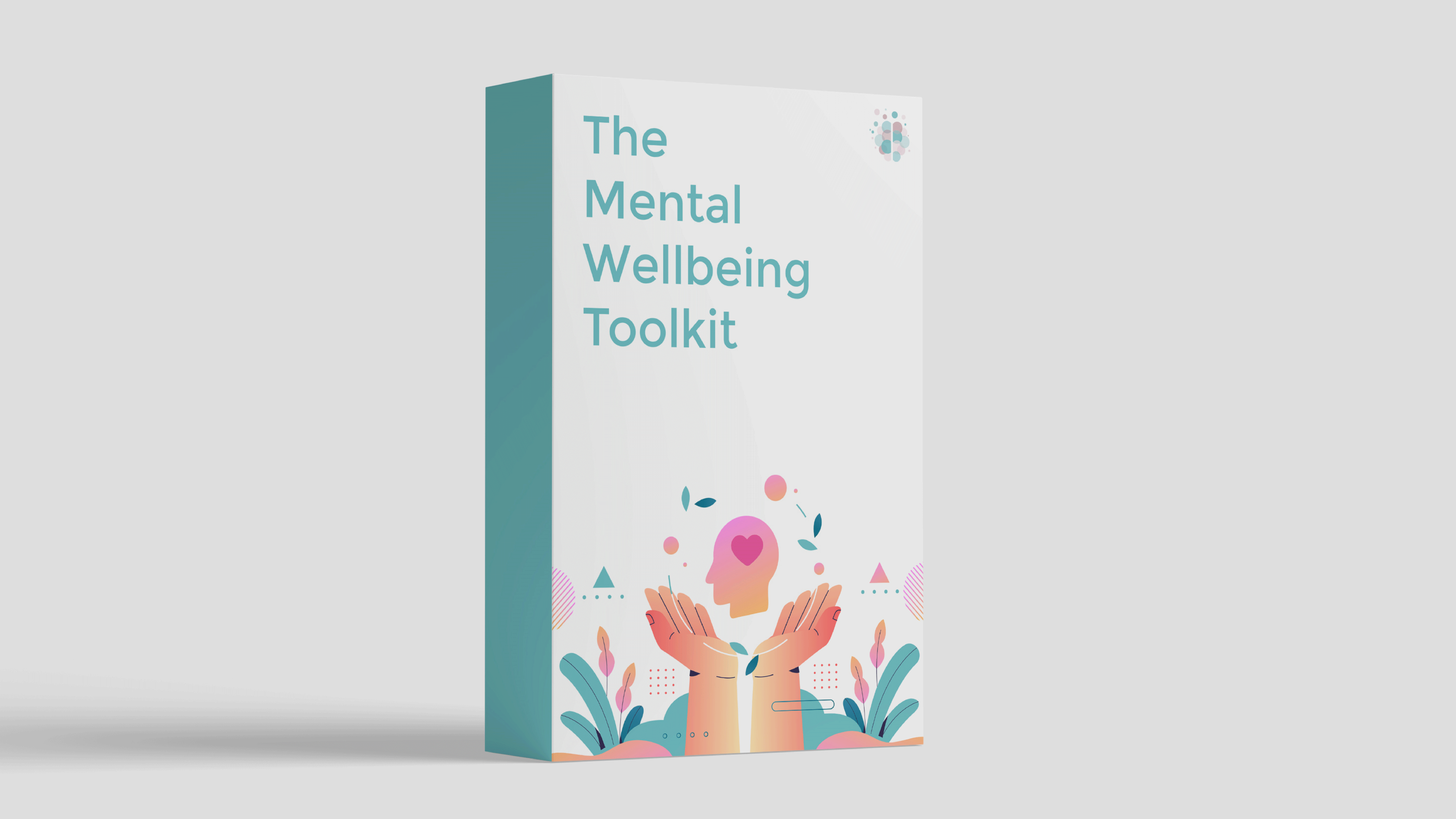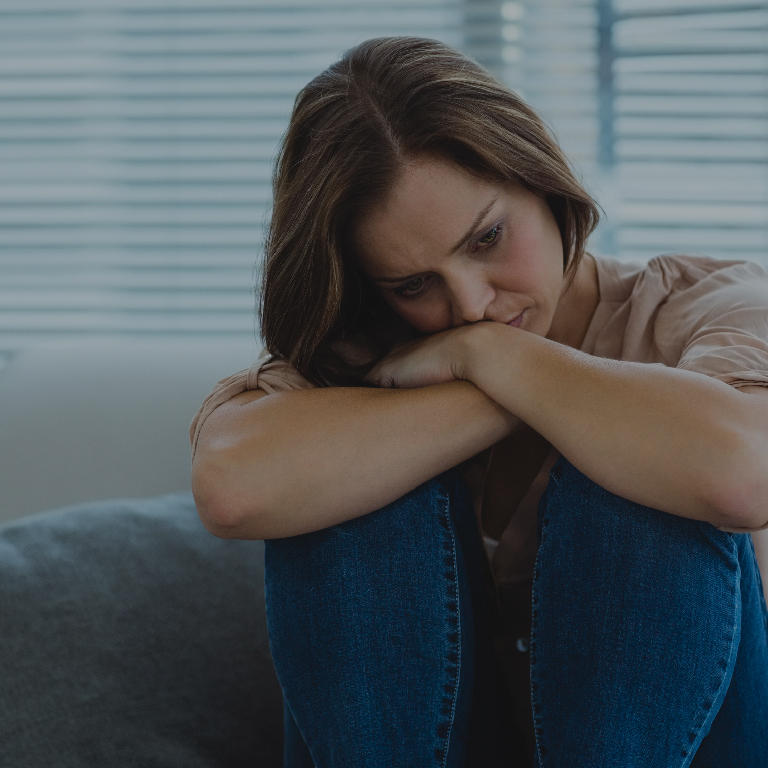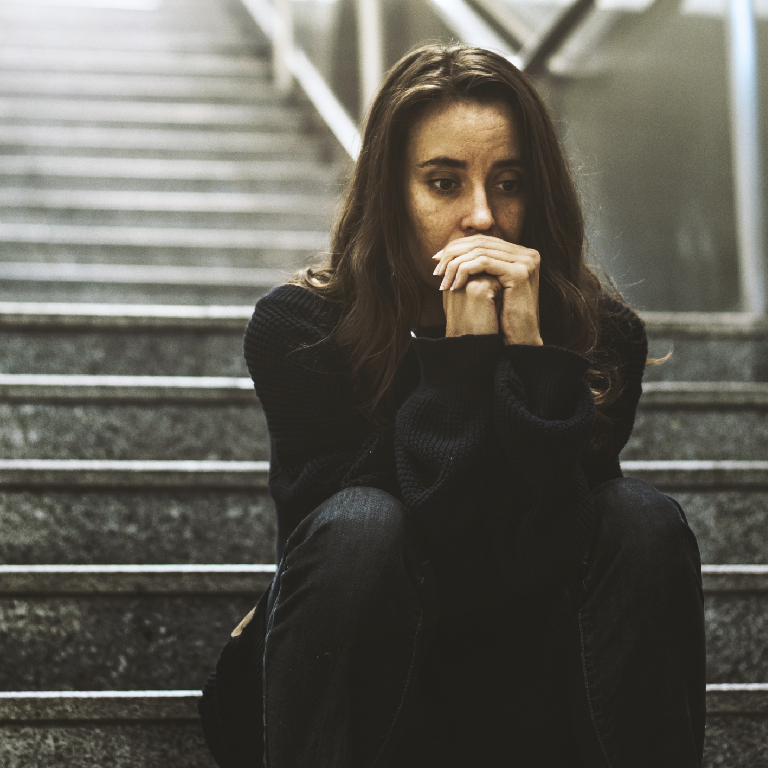Ever found yourself tossing and turning at night, unable to fall asleep despite feeling exhausted? Or perhaps you awaken frequently throughout the night, leaving you groggy and unrested in the morning.
If so, you may be experiencing a common sleep disorder. Keep reading to discover five common types of sleep disorders and what you can do to address them.
What are Sleep Disorders?
Sleep disorders disrupt standard sleep patterns and can negatively impact overall health, wellbeing, and daytime functioning.
These disorders can affect the ability to fall asleep or stay asleep even in a good sleeping position, leading to daytime fatigue, impaired cognitive function, mood disturbances, and other health problems.
5 Common Types of Sleep Disorders and How to Address Them
1. Insomnia
Insomnia is a common sleep disorder characterised by difficulty falling asleep, staying asleep, or experiencing non-restorative sleep despite having adequate opportunity for sleep.
It can manifest as difficulty initiating sleep at the beginning of the night, frequently waking up during the night, or waking up too early in the morning and being unable to fall back asleep.
How To Treat Insomnia
Treatment for insomnia typically involves a combination of lifestyle changes, behavioural therapies, and, in some cases, medications. Here are some approaches to address insomnia:
- Sleep hygiene. Establishing good sleep habits and maintaining a consistent sleep schedule can help regulate the body's internal clock and promote better sleep. This includes going to bed and waking up at the same time every day, creating a comfortable sleep environment that is cool, dark, and quiet, and avoiding stimulating activities and heavy meals close to bedtime. For a detailed list of 31 ideas to improve your sleep, check out The Better Sleep Planner in The Mental Wellbeing Toolkit.
- Cognitive behavioural therapy (CBT). CBT is a structured program that helps you identify and change unhelpful thoughts and behaviours that contribute to insomnia.
- Medications. Sometimes, healthcare providers may prescribe over-the-counter sleep aids or prescription medications.
2. Sleep Apnea
Sleep apnea is a sleep disorder characterised by pauses in breathing or shallow breathing during sleep. These pauses, known as apneas, can last a few seconds to minutes and may occur multiple times per hour throughout the night.
Some people who believe they’re struggling solely with insomnia may actually be experiencing undiagnosed sleep apnea. This is because the fragmented sleep caused by frequent apneas can mimic the symptoms of insomnia, leading to a misdiagnosis.
If you think you might have sleep apnea, it's essential to consult with a healthcare professional for an accurate diagnosis. Diagnosis typically involves a comprehensive evaluation of your medical history, symptoms, and sleep patterns. Your doctor may also recommend undergoing a sleep study, known as polysomnography, which monitors various aspects of your sleep, including breathing patterns, brain activity, and heart rhythm, to confirm the presence and severity of sleep apnea.
There are two main types of sleep apnea:
- Obstructive Sleep Apnea (OSA)
This is the most common type of sleep apnea and occurs when the muscles in the throat relax excessively during sleep, causing the airway to become blocked or narrowed. People with OSA often experience snoring, gasping, or choking sounds during sleep and may wake up feeling unrested despite spending enough time in bed.
- Central Sleep Apnea (CSA)
Less common than OSA, CSA occurs when the brain fails to signal the muscles responsible for breathing during sleep. This results in a lack of breathing effort, leading to apneas or shallow breathing.
How To Treat Sleep Apnea
Treatment for sleep apnea aims to keep the airway open during sleep, restore standard breathing patterns, and improve sleep quality. Treatment options for sleep apnea include:
- Continuous positive airway pressure (CPAP) therapy. CPAP therapy involves wearing a mask connected to a machine that delivers a continuous stream of air at a constant pressure, which helps keep the airway open during sleep.
- Bi-level positive airway pressure (BiPAP) therapy. Like CPAP, BiPAP therapy delivers two air pressure levels: a higher pressure during inhalation and a lower pressure during exhalation.
- Oral appliances. Also known as mandibular advancement devices, these are custom-fitted mouthpieces that help keep the jaw and tongue in a forward position to prevent the airway from collapsing during sleep.
- Surgery. In some cases, surgical procedures may be recommended to address anatomical abnormalities or structural issues contributing to sleep apnea.
3. Narcolepsy
Narcolepsy a chronic neurological disorder characterised by excessive daytime sleepiness and a tendency to fall asleep suddenly and unintentionally during the day. People with narcolepsy often experience a sudden loss of muscle tone, which can be triggered by strong emotions such as laughter, surprise, or anger.
How To Treat Sleep Narcolepsy
While there’s currently no cure for narcolepsy, treatment focuses on managing symptoms and improving overall quality of life. Treatment approaches may include:
- Stimulant medications. Stimulants such as modafinil and armodafinil are commonly prescribed to help promote wakefulness in people with narcolepsy.
- Sodium oxybate. Sodium Oxybate is a central nervous system depressant taken at bedtime to improve nighttime sleep quality and reduce the frequency of cataplexy episodes.
- Scheduled naps. Short daytime naps can help alleviate daytime sleepiness in people with narcolepsy.
4. Restless Legs Syndrome (RLS)
Restless Legs Syndrome (RLS), also known as Willis-Ekbom Disease, is a neurological disorder characterised by uncomfortable sensations in the legs and an irresistible urge to move them. These sensations typically occur during periods of rest or inactivity, such as when sitting or lying down, and are temporarily relieved by movement.
How To Treat Sleep Restless Legs Syndrome
Lifestyle Modifications
Regular exercise (significantly moderate aerobic activities like walking or cycling), relaxation techniques, avoiding caffeine, alcohol, and tobacco, and maintaining a consistent sleep schedule are often recommended to treat RLS.
Supplements
Certain vitamins and minerals have shown promise in managing RLS. While research on the effectiveness of these supplements is ongoing, incorporating them into your treatment plan might offer some relief. Here are some supplements you could try:
- Iron. Ensuring adequate iron levels can be particularly beneficial, as iron deficiency has been linked to the exacerbation of RLS symptoms.
- Magnesium. Some studies suggest that magnesium deficiency may contribute to RLS symptoms. Therefore, supplementing with magnesium or consuming magnesium-rich foods such as spinach, nuts, seeds, and whole grains may help alleviate symptoms for some people.
- Vitamin D. Low levels of vitamin D have been associated with increased severity of RLS symptoms. If blood tests reveal a deficiency, vitamin D supplementation may be recommended to help improve symptoms.
- Folate (Vitamin B9). Folate plays a role in dopamine regulation, and dopamine dysfunction is believed to be involved in RLS. Supplementing with folate or consuming folate-rich foods such as leafy greens, legumes, and fortified grains may be beneficial.
- Vitamin B12. Deficiency in vitamin B12 has also been linked to RLS symptoms. Therefore, ensuring adequate intake of vitamin B12 through supplementation or dietary sources such as meat, fish, dairy products, and fortified cereals may help alleviate symptoms.
5. Parasomnias
Parasomnias are a group of sleep disorders characterised by abnormal behaviors, movements, emotions, perceptions, or dreams that occur during sleep or sleep-wake transitions. These episodes often disrupt sleep, leading to distress or impairment in daytime functioning.
Common types of parasomnias include:
- Sleepwalking.Involves walking or performing complex behaviors while asleep, typically during deep NREM sleep.
- Night Terrors. Characterised by sudden arousal from sleep with intense fear, screaming, and autonomic arousal such as rapid heart rate and sweating.
- Sleep talking. Involves talking, mumbling, or making other sounds during sleep.
- REM sleep behaviour disorder. In RBD, people physically act out vivid and often violent dreams during REM sleep. This can include kicking, punching, or vocalizations and may injure the individual or their bed partner.
- Sleep-related eating disorder. Involves consuming food or drink while asleep, often with little to no memory of the episode upon waking.
How To Treat Parasomnias
Treatment for parasomnias depends on the specific type and severity of the disorder. Strategies include:
- Safety measures. Implementing safety precautions to reduce the risk of injury during parasomnia episodes. For example, removing obstacles from the sleep environment, securing windows and doors, and using gates or barriers to prevent falls.
- Stress reduction. Managing stress through relaxation techniques, counseling, or stress management strategies may help reduce the frequency and severity of parasomnia episodes.
- Medications. In some cases, medications may be prescribed to help manage symptoms of parasomnias.
Final Thoughts
Sleep is a fundamental pillar of overall wellbeing, essential for maintaining physical, mental, and emotional health. Adequate and restorative sleep plays a crucial role in cognitive function, mood regulation, and immune function.
If you’re experiencing persistent sleep disturbances, we urge you to consult a healthcare professional.
Addressing the underlying issues can help you improve your sleep quality and, by extension, your overall physical and mental wellbeing.




